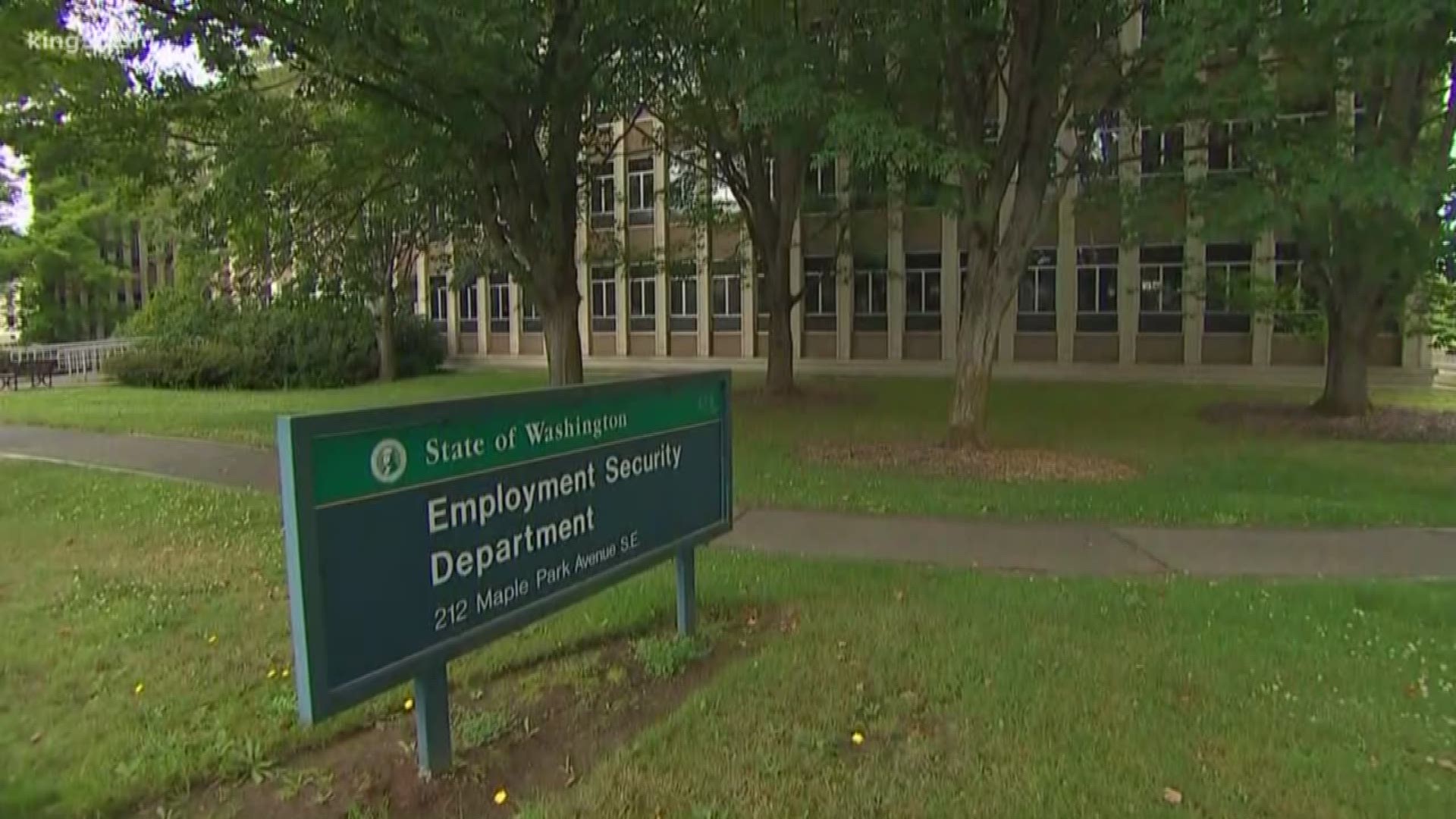Based on the current revenue forecast, no matter what lawmakers do the next time they meet, state spending will still be substantially higher than the 2017-19 budget. The current 2019-21 budget is $53.7 billion. This is a 20% increase in spending ($9 billion) from the 2017-19 budget of $44.7 billion (NGF-O). This means that even if lawmakers were to reduce the rate of spending increase by $2 billion to help balance the budget, state spending would still be increasing by 16% from 2017-19 levels. During the great recession, however, state spending actually decreased between the 2009-11 and 2007-09 budget.
Thankfully lawmakers don’t have to re-invent the wheel to help identify tools to reduce the rate of spending increase. A good template can be found from the Priorities of Government (POG) process used by former Governors Locke and Gregoire.
Under Governor Locke POG was used to implement these important budget strategies:
- View state government as a single enterprise.
- Achieve results, at less cost, through creative budget solutions.
- Reprioritize spending, eliminating programs or consolidating similar activities in different agencies.
Governor Locke said when announcing POG in 2002:
“We face a dilemma with our budget. We don’t want government to be any more expensive. That means an increased drag on our struggling economy. But we don’t want to compromise the quality of the vital services we provide to citizens either. State services and programs support the health of communities and the economy. One way or another, something has to give.
Past deficits have been addressed mainly by looking at the existing budget. Taxes can be raised to just keep doing what we’re doing. We know that isn’t a preferred option. Or costs are shaved until the spending plan fits the available revenue. Usually, an across-the-board reduction in costs is used to reach the goal.
Such an approach fails to take into account many factors. It doesn’t consider relative priorities of programs and services. It fails to allow for varying levels of cost effectiveness and overlap in different areas. Reductions in costs—and the programs and services they support—happen agency by agency without regard to the rest of the enterprise.
We are convinced there is a better way. This year, we decided not to start with current spending to try to meet the forecasted revenue. Instead, we decided to look at how we should be spending our state’s money in the first place. We decided to look at our Priorities of Government.”
A 2004 JLARC audit made these POG recommendations for lawmakers:
- Set statewide priorities and targets by publishing an annual “state-of-the-state” report.
- Focus on outcomes by routinely requesting and using “performance information in policy and budget decisions.”
- Take a more active and direct role in agency activities and decisions.
- Base legislative committee decisions on performance outcomes by structuring committees around the state’s governing priorities.
Governor Gregoire put her own stamp on POG in 2010 by asking these important budget questions:
- Is the activity a core function of government or commercial in nature?
- If it is a core function, can the service be provided more efficiently and effectively through competitive contracting?
- Does it provide a broad public benefit or only serve a special interest?
- Does it duplicate the activities of non-profits or other private initiatives?
- Does it duplicate the efforts of other state agencies or programs?
- Does the activity demonstrate quantifiable performance?
As of the September forecast, revenues for the 2019-21 budget are projected to be nearly $4 billion higher than during 2017-19. State spending, however, is currently authorized to increase by 20%. Rather than raise taxes on employers and individuals already trying to recover from the government-imposed COVID economic restrictions, lawmakers instead should dust off the lessons learned from POG to help identify ways to reduce the rate of spending increase for the 2019-21 budget.
Additional Information
Priorities of Government Budgeting
Per-Capita inflation adjusted state spending has more than doubled since 1970






